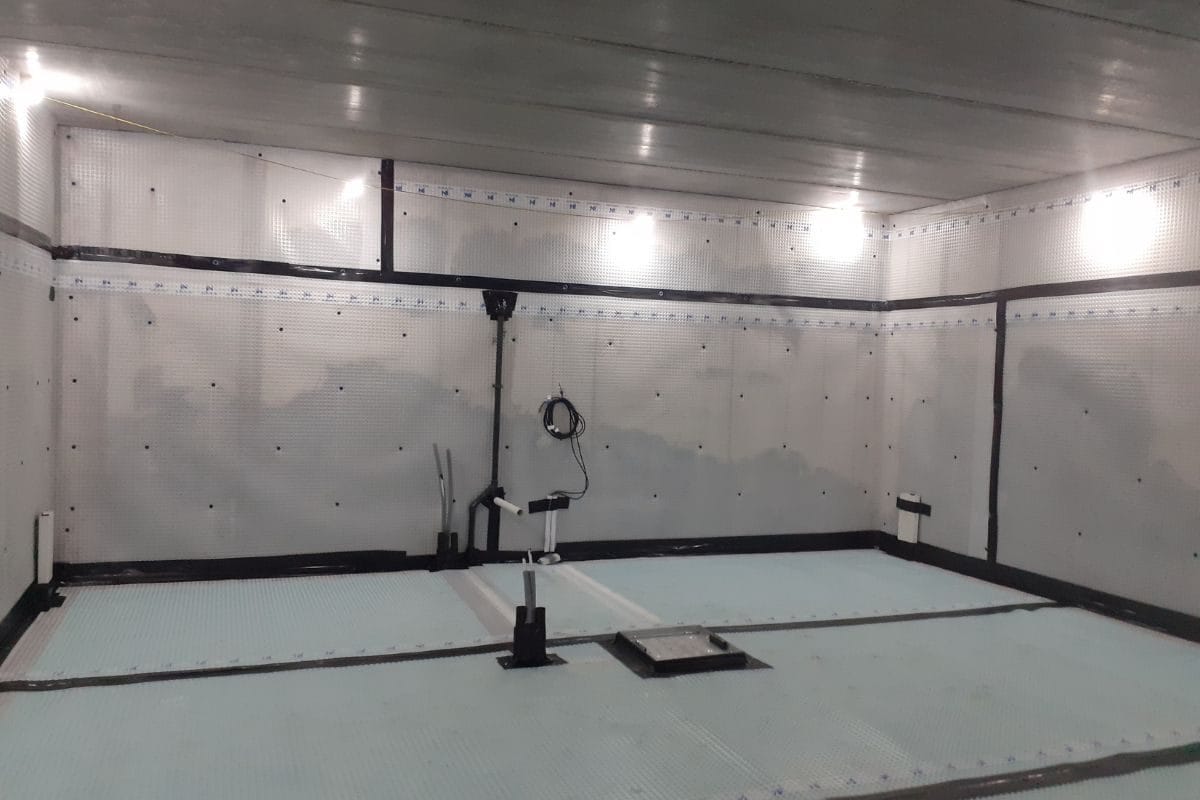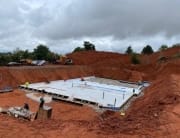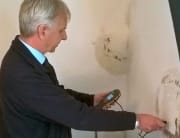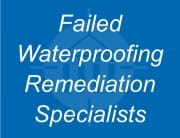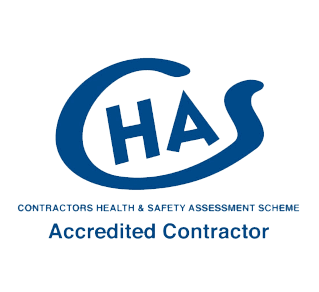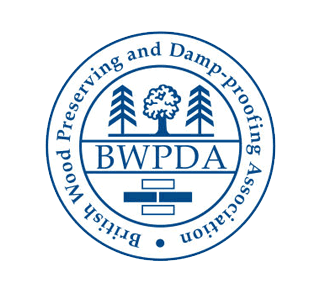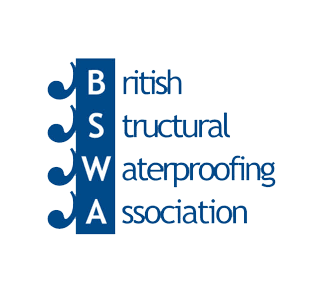If you’ve ever wondered what structural waterproofing is, it is one of the main methods of basement waterproofing. Alongside tanking (Type A) and cavity drain systems (Type C), structural waterproofing plays a vital role in protecting basements from water ingress.
So, how are basements waterproofed, and how does it work? Although all basement waterproofing systems aim to prevent water from entering habitable or otherwise usable spaces in homes and buildings, how waterproofing works differs depending on the type of waterproofing system applied.
The British Standard BS8102:2022 Protection of Below Ground Structures against Water Ingress – Code of Practice defines three types of waterproofing systems that are unique in their own ways. This blog will provide the information and a breakdown of the areas you need to understand what structural waterproofing is and how basement waterproofing works to provide you with confidence.
Type A (Barrier) System
Historically referred to as ‘Tanking’, Type A (Barrier) protection provides protection against groundwater ingress by applying a waterproof material to the internal or external walls and floor slabs of a basement. These systems work by creating a physical barrier to block water from entering the structure to which they are applied.
The materials can be pre or post applied to the external or internal surface of the retaining structure. They are best suited to external installations in a new build structure and, in most cases, can’t be installed externally to existing structures, so they are generally applied internally.
Type A materials include liquid-applied membranes, cementitious slurries and renders, post-applied bonded sheet membranes or pre-applied fully bonded sheet membranes. Type A systems are designed to form a ‘tank’ and must be continuous, without any holes or defects, to provide true protection. The true protection is the bond formed between the waterproofing and the substrate to which they are applied, so they need careful preparation before installation.

When asking what structural waterproofing is, the answer lies in how the concrete and construction design prevent water from entering the basement.
Type B Basement Waterproofing – What Is Structural Waterproofing?
A Type B (Structurally Integral) system is one where the structure itself is constructed as a water-resistant shell. This approach relies on the inherent water resistance of the concrete and design details to prevent water ingress and is typically used in new-build construction projects.
To achieve Type B protection as defined in BS 8102:2022, concrete must be designed and constructed according to BS EN 1992-1-1 (Eurocode 2). Specific admixtures can also be added to the concrete mix to enhance its impermeability and density.
Type B systems work to provide a robust waterproofing solution by eliminating the need for external waterproofing barriers. That said, this system heavily relies on the materials incorporated into the external shell of the structure, the design, and the quality of the workmanship involved in preparing and placing concrete. As such, any seepage encountered is often due to poor placement, incorrect joint sealing and cracks beyond the maximum performance of any admixtures, for instance.

Professional structural waterproofing for basements ensures long-term durability by relying on the inherent strength of the building structure.
Type C (Drained) System
A Type C (Drained Cavity system) is a system designed to manage, collect and remove water ingress through the structure preventing it from spoiling finishes, and to isolate the internal finishes by forming a vapour barrier to protect the internal space.
Type C protection works by controlling any water ingress through the structure, collecting it behind a studded cavity drainage membrane and diverting it via a planned and controlled system of maintainable drainage channels to a suitable point of discharge, which can either be pumped or via gravity to a suitable external drain.
These systems are adaptable and can be used in new build basements and are well-suited for use in existing structures, having become a highly common form of waterproofing used in modern waterproofing design. Depending on the end use of the building paired with the type of waterproofing system applied, further measures might be required to achieve a successful outcome, which is why it’s best to seek help from professional waterproofing specialists for guaranteed results.
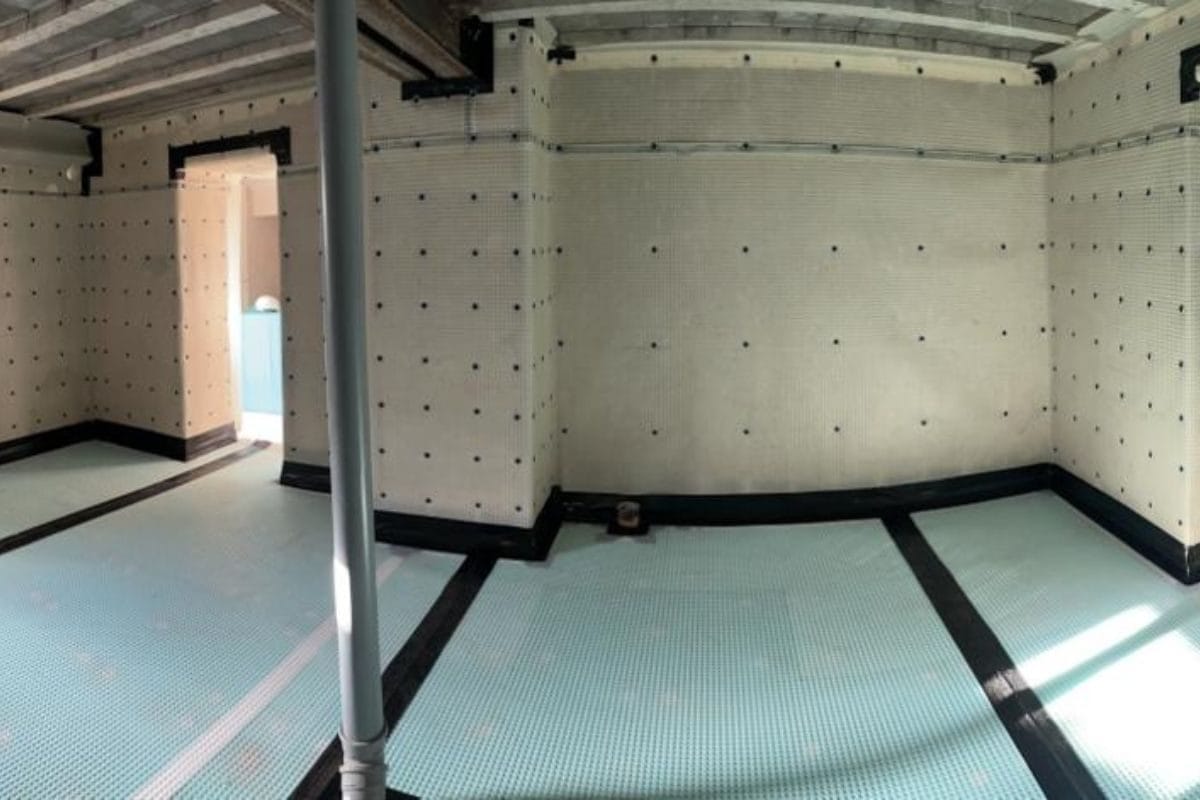
Type C (Cavity Drain Membrane) Waterproofing System.
What Causes Water In A Basement?
There are many causes of water ingress into a basement. A few examples are below:
- Hydrostatic Pressure: Hydrostatic pressure is the force exerted by water at rest in the ground surrounding your basement. Hydrostatic pressure is a common cause of basement water ingress and flooding, as it can force groundwater through gaps and cracks in the masonry retaining structure. Depending on the amount of hydrostatic pressure and the resistance level of the building’s structure, this can result in water ingress levels ranging from low levels of dampness to significant flooding in extreme cases.
- Sump Pump Failure: Sump pumps can fail due to age, mechanical problems, power interruption/failure or become overwhelmed during heavy rainfall. If your sump pump is not able to effectively remove the collected water, flooding can occur.
- Structural Cracks: Every property settles over time, which can result in cracks in the foundations/structure. Cracks represent a weak point in any structure and will allow water ingress to occur more freely with less hydrostatic pressure.
The Importance of Basement Waterproofing
Basement waterproofing is an essential process that prevents water from entering and causing damage to your basement. The end use of the basement, alongside other factors such as ground conditions and the basement construction, will determine what form of waterproofing is required. It is essential that the basement waterproofing design and installation are undertaken by a suitably qualified and experienced waterproofing specialist.
How We Can Help
If you’re interested in basement waterproofing, Protectahome can help by taking liability for the whole waterproofing process from design through to installation, providing design PI cover and a long-term installation guarantee.
Our team of basement waterproofing specialists have over 45 years of experience in the industry and considers each project individually, providing a bespoke design for every basement waterproofing scheme from a range of systems and products we know are reliable and which are best suited to individual projects.
Our waterproofing designers are CSSW (Certificated Surveyor in Structural Waterproofing) qualified, and our installation operatives are highly experienced with NVQ qualifications and skilled worker status in basement waterproofing. Protectahome installations are always completed in-house and never subcontracted to a third party.
Contact us at 0800 055 6966 or web@protectahome.co.uk to discuss your project or arrange a survey of your property.

